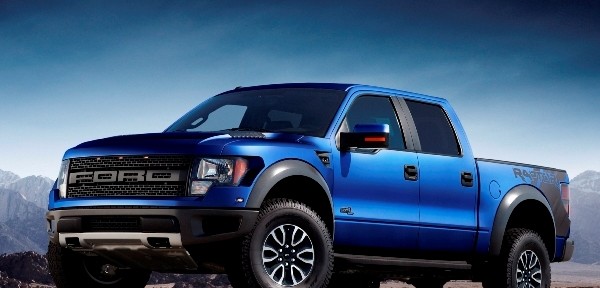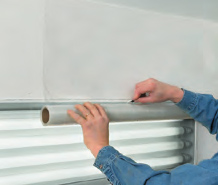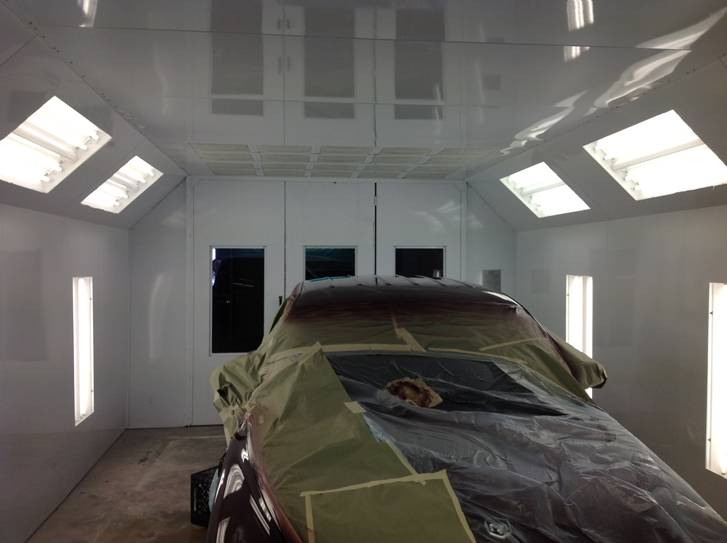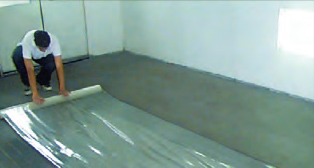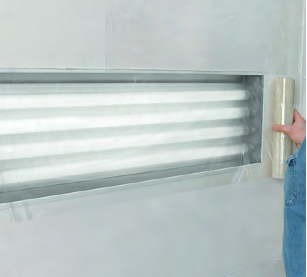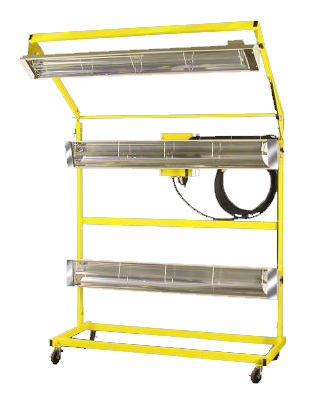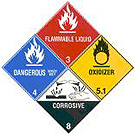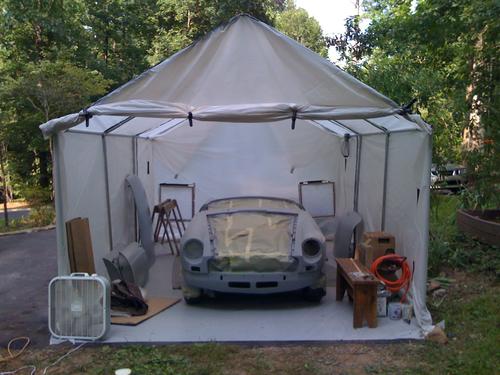 The new pickups from FORD feature a high-strength, aluminum alloy body and bed can reduce the weight of that vehicle up to 700 lbs.! It has also increased mileage and towing-hauling capacity. Body shops will need to prepare for new challenges that aluminum body repair work will entail. At the top of the preparation list is the proper handling of messy and potentially explosive airborne dust caused by grinding or sanding of the aluminum panels.
The new pickups from FORD feature a high-strength, aluminum alloy body and bed can reduce the weight of that vehicle up to 700 lbs.! It has also increased mileage and towing-hauling capacity. Body shops will need to prepare for new challenges that aluminum body repair work will entail. At the top of the preparation list is the proper handling of messy and potentially explosive airborne dust caused by grinding or sanding of the aluminum panels.
The aluminum body revolution is a body shop industry game changer, and thoughts are, its impact will only increase in the years ahead. General Motors has already given notice that its new Chevrolet Silverado and GMC Sierra pickups will feature weight-saving aluminum bodies by the fall of 2018.

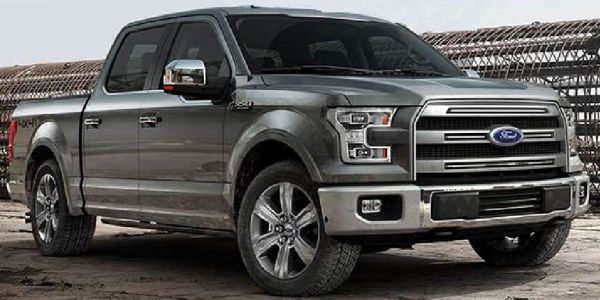
By 2025, “Seven out of 10 new pickup trucks produced in North America will be aluminum-bodied” and “every leading automaker will have several aluminum body and closure panel programs,” according to a 2015 North American Light Vehicle Aluminum Content Study by Ducker Worldwide, a premier consulting and research firm.
To meet the coming demand, body shops will need to adapt to the challenges of working with aluminum with dedicated tools, equipment, and proper training. Failing to do so may mean missing out on one of the fastest growing markets in the next decade.
Ford, for its part, is at the forefront of setting the guidelines and requirements for working with aluminum bodied vehicles for both Ford dealership and independent body shops. Stay tuned as we at Standard Tools and Equipment address the full range of aluminum issues: from isolating aluminum vehicles from traditional steel repairs with a separate room or curtain system to dealing with aluminum dust to dedicated aluminum welding, and dent removal systems.
We’re preparing now because we want to be ready for the opportunity to help equip our customers with safe, quality, cost effective solutions in this arena. Tools USA has booth products available for aluminum prep work and painting. Give us a call.


